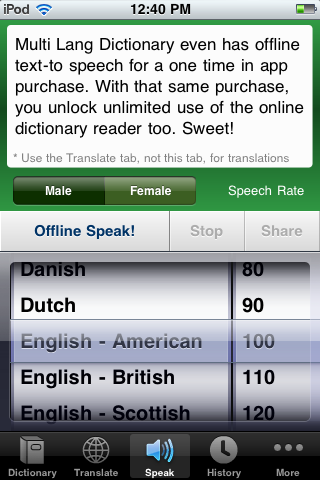

We suggest choosing one or two based on the context – you don't want to memorize 10 translations at the same time! Then you can export your word list into file. You will be prompted to choose the translations. For that, click on a word you don't know and then click on the button " to word list". You can also create your own custom word lists. This function only works if you choose to display the transcription above each word (default option). After you submit text, click on any word to see its English translation. This pinyin translator has a built-in English dictionary with more than 113,000 Chinese words (based on Chinese-English dictionary CC-CEDICT). If you want to make a frequency analysis of your text and obtain detailed statistics, please use the Chinese word frequency counter. The Chinese words required for the HSK exam will be highlighted as follows: HSK 1 The words from different frequency intervals will be highlighted in the following colors: 1-1000 Subtlex – subtitle-based word frequency list.Vocabulary lists for Chinese Proficiency Test HSK.Highlighting High-Frequency Chinese WordsĪnother option allows you to highlight high-frequency Chinese words. Then you can click the "copy" icon to copy it to another program. You can click on this green link to choose the right transcription. In these modes, the transcription of the words with multiple pronunciations will be marked in green. You can see these modes when you click on the link Advanced options. The translator also has several modes that are optimized for copy-pasting the results, such as "transcription under each line of text". You can click on the word itself (not on its transcription) to see all possible pronunciations and the meanings of the word (see the section below about the built-in dictionary). In the display mode "transcription above each word" (set by default) the transcription of these words will be marked in purple. In these cases, the translator will use a different color to highlight words that may have multiple pronunciations.
#ENGLISH TO CHINESE TRANSLATOR WITH VOICE HOW TO#
The algorithm of this pinyin translator is not perfect - although it is designed to show the correct pronunciation immediately, sometimes only a native speaker can decide how to pronounce correctly a given word. The pronunciation of some Chinese words may vary depending on the context. It allows you to practice the pronunciation of the most frequent Chinese words, set the playback speed and the number of times each word will be repeated. In order to help you we created Chinese pronunciation trainer. As you may know, the pronunciation of these two characters changes depending on the surrounding words. The converter understands both simplified and traditional characters.Ī special option corrects tones for 一, 不. If you use the phonetic transcription regularly in combination with Chinese audio and video recordings, your pronunciation and listening skills in the Chinese language will improve. You will no longer need to look up the pronunciation of Chinese words in a dictionary. This tool will serve as a Chinese pronunciation guide and will help you save time. International Phonetic Alphabet with tone marks (pʰʲīnīn) – an alternative to the previous format.International Phonetic Alphabet (IPA) with tone numbers (pʰʲin 1in 1) – the most accurate method of showing the pronunciation of Chinese words.Colored hanzi ā á ǎ à a ( 拼 音) – a variation on the fourth method.Hanzi with tone marks ( 拼音 ( – – )) – this method will help you memorize the pronunciation of individual sounds.Pinyin without tone marks (pinyin) – this method can be used for memorizing the tones.



 0 kommentar(er)
0 kommentar(er)
